Do It and Do It Again Waste Me
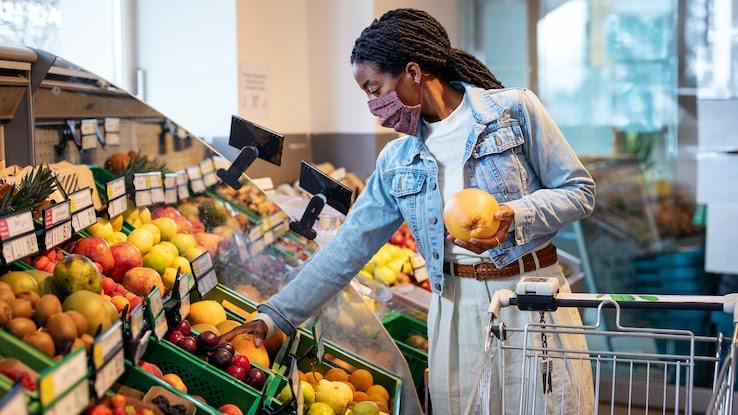
In the United States, effectually 30-twoscore% of the food our growers produce ends up wasted. On a global scale, the numbers are fifty-fifty more striking: Most half of all nutrient produced around the globe each year is wasted, and this equates to about 1.4 billion tons of nutrient waste annually. Those numbers are unacceptable, peculiarly when you lot stop to consider how much state, h2o, free energy and labor go into food production.
Food production — and, subsequently, nutrient waste — impacts our environment in a number of ways. It contributes to climate alter due to the amounts of water and free energy required to produce nutrient via activities that too generate greenhouse gas emissions. Wasted nutrient too ends upwards in landfills, and, when it decays in that location, it introduces nitrogen pollution into nearby water sources. That contamination leads to algae blooms and dead zones where marine animals can't survive.
Just as there's a food concatenation, at that place's an environmental chain affected by food — and the copious amounts of food that get to waste effectually the world. But food waste is an ethical issue, also, particularly considering the United nations estimates that more than than 800 meg people around the world experience chronic hunger and undernourishment. The statistics are sobering and the furnishings are far-reaching. But when we begin working to reduce food waste, fifty-fifty on an private level, we tin can aid to preserve valuable free energy and resources and brand food more accessible to those who demand information technology most. Here's how you can get started.
Why Does So Much Nutrient Become to Waste?
In that location are many different opportunities for food waste to occur throughout the production and distribution stages. During production before food leaves farms, food loss can result from drying, milling, transporting and processing issues. These may take place due to insects, birds, rodents, bacteria and mold affecting crops. Food waste during the distribution stages may accept place when equipment malfunctions, over-ordering happens or stores throw out blemished produce.
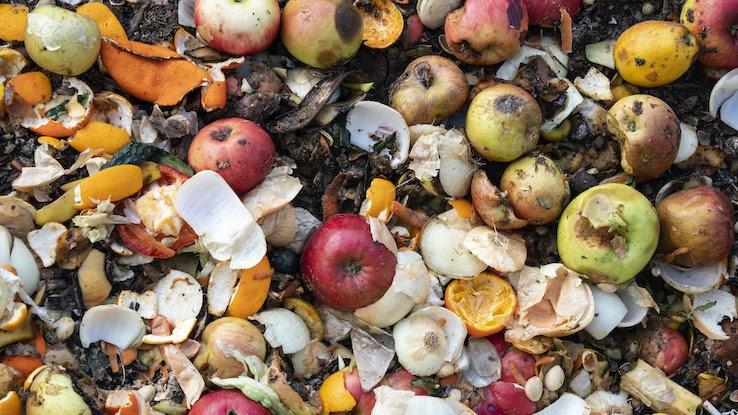
The boilerplate American household wastes well-nigh a third of the food information technology purchases, which adds up to nearly $2,000 worth of nutrient going uneaten in each home annually. Households waste more food than the product and distribution stages for growing that food and delivering it to consumers. This happens for a number of reasons, including over-ownership, food spoilage, over-preparing, poor planning and confusion almost the meanings of labeling dates printed on nutrient packaging.
Reducing household food waste matters, as it can help to reduce the amount of energy that goes misued during food product and throughout the supply concatenation. Simply, with a footling bit of try, y'all can do your part to combat food waste. These 7 tips will assistance you lot become started.
Read Expiration Labels Properly
When you're looking at nutrient packaging, it's tempting to assume that "best if used past" and "utilise by" refer to expiration dates. And considering of this, you lot might end up throwing out food that's nevertheless fine to swallow. When a nutrient characterization says "best if used past" and includes a date, information technology means that the product might not accept the same level of quality as it would before the date listed, but information technology's still safe to swallow after that engagement. If yous desire to reduce your food waste matter, don't throw out products just considering the "best if used by" date has passed. Language like "utilise past" has a similar meaning, fifty-fifty though it may audio similar y'all need to swallow the detail earlier that appointment.
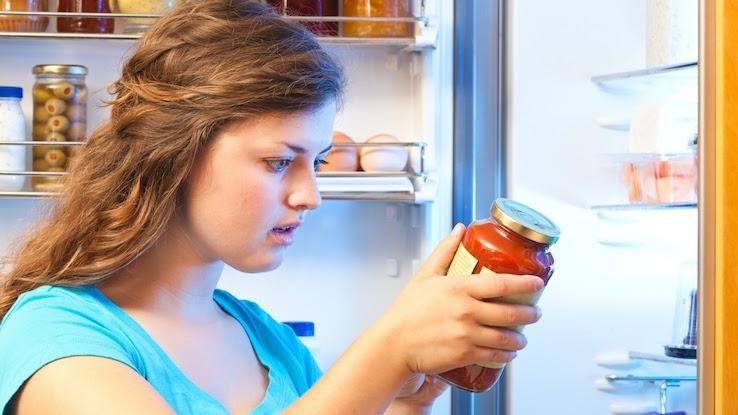
The U.Due south. Department of Agriculture's Food Condom and Inspection Service explains that dates listed on food packaging refer to food quality limitations, not food condom. Federal regulations don't actually require manufacturers to listing production dates on their food packaging unless they produce infant formula, so the dates you'll encounter on well-nigh packaging are quality guidelines. Thus, foods may be safe to eat after their "use past" dates, and you should check for physical signs of spoilage to determine whether a food is fine to eat or non. Don't throw something out merely considering of the date.
Outset Eating Your Stems
Many people toss out fruit and vegetable components that are both delicious and good for you simply because they're non used to eating those parts of the produce. Some common examples of this are broccoli stems, cauliflower stems and potato skins. Even so, there are less-obvious examples as well. You tin can eat cauliflower leaves just like yous eat other dark, leafy greens such as kale. You lot can utilise orange and other citrus peels by grating their zest into marinades, pasta sauces and salad dressings or creating candy with them. Y'all tin also take vegetable scraps similar carrot tops and use them to make a delicious broth.
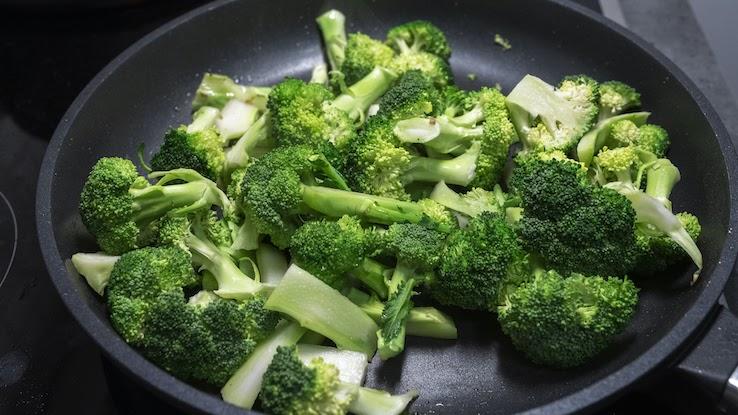
Buy and Consume Imperfect Produce
It'southward as well mutual for people to shy away from "imperfect" produce at the shop or throw it out if they notice blemishes at habitation. However, produce with flaws, so long as it hasn't actually spoiled, is perfectly skilful to eat. Plus, information technology tastes the same as produce that looks pretty. Many times, stores sell imperfect produce at reduced prices, so you lot'll be saving money and the environment at the aforementioned time. If a fruit or vegetable has visible mold, develops a slimy texture or takes on an unpleasant olfactory property, on the other mitt, it's likely spoiled and can become into your compost bin.
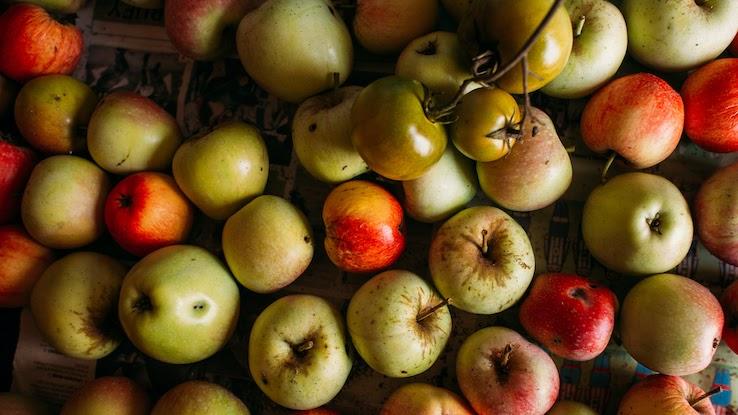
Compost, Compost, Compost
Composting is the procedure of allowing organic food scraps to decompose into simple organic compounds that often resemble (and can be used similarly to) soil — remember of it like recycling. If all households in the U.S. composted, the environmental impact would be similar to vii.8 million cars disappearing from the roads, notes the University of California San Francisco'southward Part of Sustainability. Instead of throwing food scraps into the trash, why not compost them? Y'all can easily learn how to compost at home. And the process tin can be especially useful for home gardeners because the composted nutrient turns into a soil additive that helps to go on plants healthy.
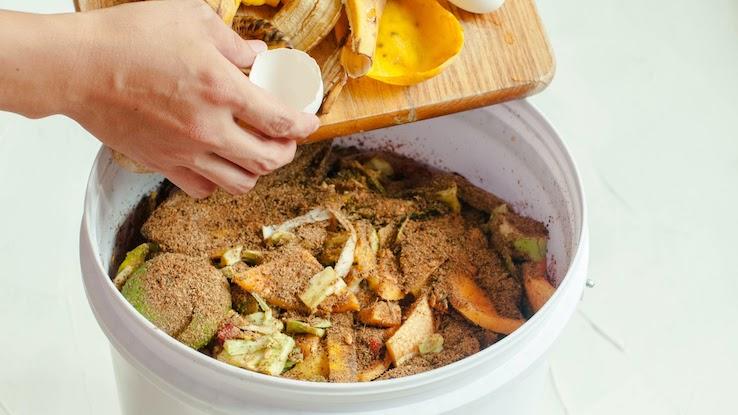
You tin can compost at home whether y'all live in a studio apartment or a sprawling house. It mainly involves saving food scraps, designating a place to brand your compost and depositing said nutrient scraps into your composting storage bin. If composting at home isn't feasible for you, you tin still collect and save nutrient scraps to bring to a composting center if at that place's ane in your area.
Get Leftovers Dorsum in Rotation
Finding ways to brand sure your leftovers don't get unused is an easy fashion to combat food waste matter in your home. When y'all make more than nutrient than y'all tin can eat in i sitting, save it rather than throwing it away. If you know y'all'll eat it within a few days, but store it in the refrigerator. If you know you won't swallow it soon, freeze it in an airtight container and then it'south safe to consume afterwards on.
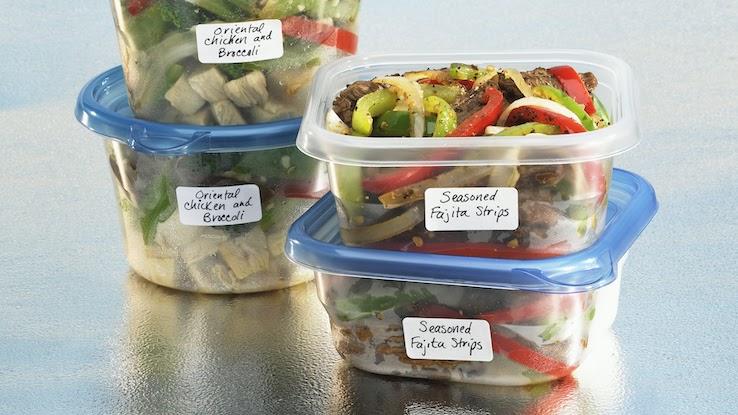
Merely, if you know you won't eat your leftovers, whether it's because you're going out of town or y'all didn't bask what you made, deliver them to someone who might swallow them. You tin can also add them to your compost bin.
Shop More Ofttimes and Programme Your Meals
A lot of household food wasting happens because people make large grocery store trips and buy more perishable nutrient than they're able to eat before it goes bad. Ownership perishable nutrient every couple of days leads to much less wasted food. Aside from reducing your food waste, you'll also be eating fresher ingredients.
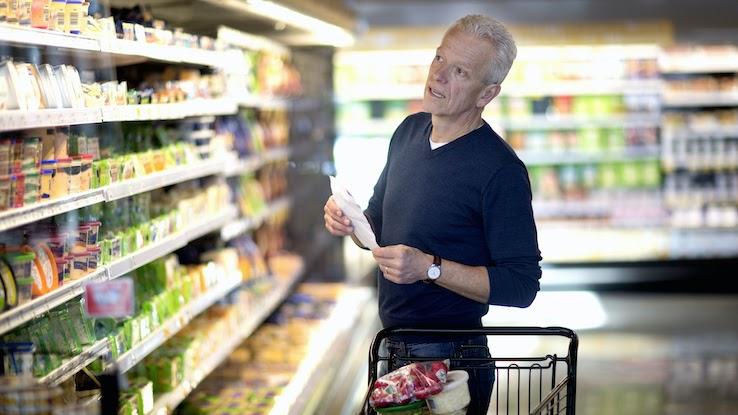
If you lot don't have time to shop more than often, consider planning your meals. Your grocery listing should consist of deliberate items that your meal planning dictates. That way, all of the nutrient you brand is deemed for, and less food ends upwardly getting wasted. In many cases, yous tin can also opt to buy frozen veggies instead of fresh. Their nutritional values are virtually the same as those of fresh produce, and they'll keep for months in your freezer.
Shop Nutrient Correctly
Storing your food the correct style tin can continue information technology fresh longer. Some fruits and vegetables final longer in the fridge, while others are better at room temperature. Additionally, some types of produce, such as bananas, citrus, tomatoes and apples, emit ethylene gas, causing other nearby foods to spoil more quickly. Make certain to store those foods separately from other fresh items, if possible. For a longer shelf life, wait to launder fresh produce until y'all're set to swallow it, too.
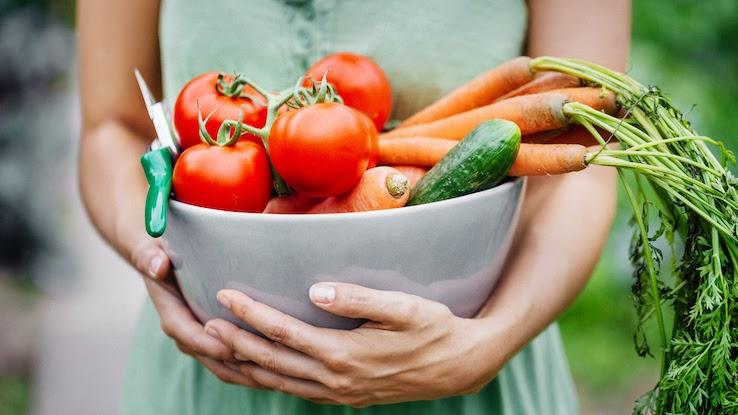
Source: https://www.reference.com/science/how-can-i-combat-food-waste?utm_content=params%3Ao%3D740005%26ad%3DdirN%26qo%3DserpIndex

0 Response to "Do It and Do It Again Waste Me"
Post a Comment